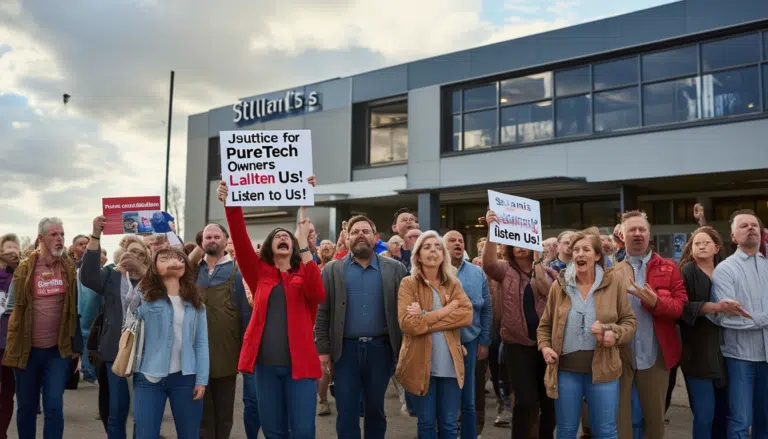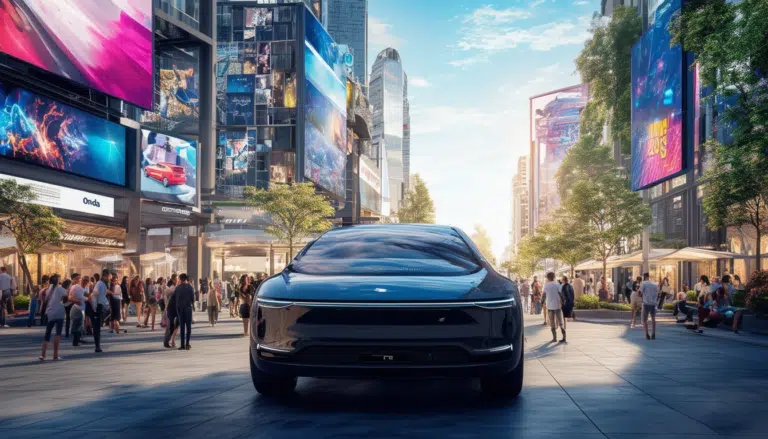The best routes to save fuel in your city
In a world where concern for the environment and personal economics is becoming increasingly relevant, finding the best routes to save fuel while driving in the city becomes an urgent necessity. Optimizing our journeys not only helps reduce gasoline costs but also contributes to sustainability and the decrease of our carbon footprint. By using technological tools and adopting better driving habits, it is possible to navigate more efficiently and eco-friendlily through urban streets.
Saving fuel while driving is a goal many drivers pursue, especially in a world where fuel prices continue to rise. Knowing the best routes and adopting appropriate driving practices can optimize gasoline consumption and make a positive impact on the environment. This article explores various strategies and tools, such as navigation apps, to help find the most efficient routes in the city.
Route Optimization with Technology
Modern technology has made it easier to find more efficient routes. Applications like Google Maps are designed to offer alternatives that not only reduce travel time but also help minimize fuel consumption. By using the eco-routing feature, drivers can find alternative paths that avoid traffic and congestion often found in large cities.
Apart from Google Maps, there are other applications that allow users to compare fuel prices at different stations, which is crucial for maximizing savings. Knowing where to refuel at the cheapest price can make a significant difference in the monthly budget allocated for gasoline.
Improving Your Driving Style
The way one drives a vehicle has a considerable impact on fuel consumption. Adopting a smoother driving style, avoiding sudden accelerations and hard braking, can help improve engine efficiency. Maintaining a constant speed and using cruise control on highways can significantly reduce gasoline consumption.
Additionally, it is crucial to avoid unnecessary idling of the engine, as remaining stopped with the engine running consumes fuel without providing any benefit. For more information on how to avoid idling, you can check this link.
Regular Vehicle Maintenance
A well-maintained car is not only safe but also tends to consume less fuel. Scheduling regular check-ups, changing the oil on time, and ensuring that tires are properly inflated are essential actions that can contribute to better vehicle performance. If you decide to set personal goals that include regular maintenance, you’ll find that this is an investment that quickly translates into savings on fuel. Read more here: Set personal goals for fuel savings.
Sustainable Commute Route
Considering a change in the route to work can significantly influence fuel consumption. If possible, use paths that avoid congested areas and frequent traffic lights. By planning stops and travel time, you can achieve a considerable reduction in gasoline expenses.
Carpooling is also an excellent option. Sharing the ride not only helps reduce costs but also decreases the number of vehicles on the road, contributing to less congestion and, consequently, lower fuel consumption for each car on the road.
Route Assessment and Planning
Planning routes in advance can prevent unpleasant surprises and help reduce gasoline spending. Considering the state of traffic, weather conditions, and other factors can be crucial for making an informed choice about which road to take.
To evaluate the efficiency of the routes you are using, you can use fuel calculators that will allow you to estimate the costs associated with your trips. This is a useful tool for knowing how much gasoline you consume and for implementing changes that lead to savings. Visit this link for more information: Fuel calculator.
Finally, by considering these aspects and applying these tips, drivers can not only contribute to their economic well-being but also to that of our planet. Eco-friendly driving and energy efficiency are shared responsibilities that we can all adopt.
The choice of the routes is crucial for optimizing fuel consumption in urban driving. When planning a trip, it is essential to consider not only the distance but also the estimated time and traffic conditions. Efficient routes allow avoiding congestion, which translates into fewer stops and starts, helping to maintain a smoother driving rhythm and thereby reducing fuel expenditure.
The use of technologies like Google Maps is an excellent tool for identifying the best navigation options. This application not only provides information about fast routes but also allows choosing eco-routes that maximize vehicle performance. By selecting routes with fewer traffic lights and stops, drivers can benefit from a more efficient driving pattern, ensuring that every liter of fuel is used as effectively as possible.
Additionally, it is important to consider other factors like regular vehicle maintenance. A car in optimal condition, with proper alignment and well-inflated tires, significantly contributes to improved energy performance, and therefore, to reduced gasoline consumption.
Finally, driving habits play an essential role in fuel savings. Avoiding sudden accelerations, anticipating braking, and maintaining a constant speed are practices that not only help protect the environment but also provide tangible savings in fuel costs, making each trip a more economical and sustainable experience.





